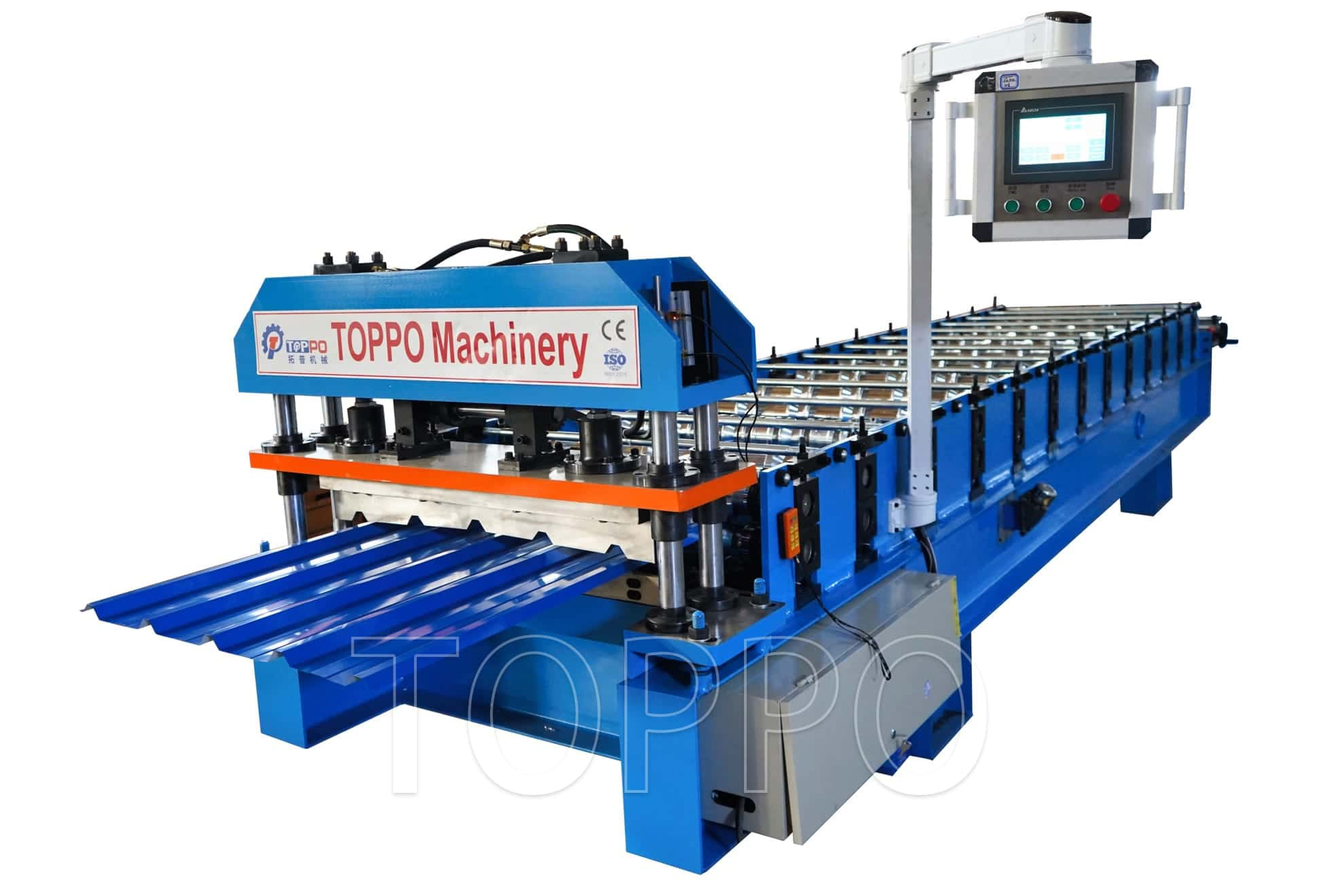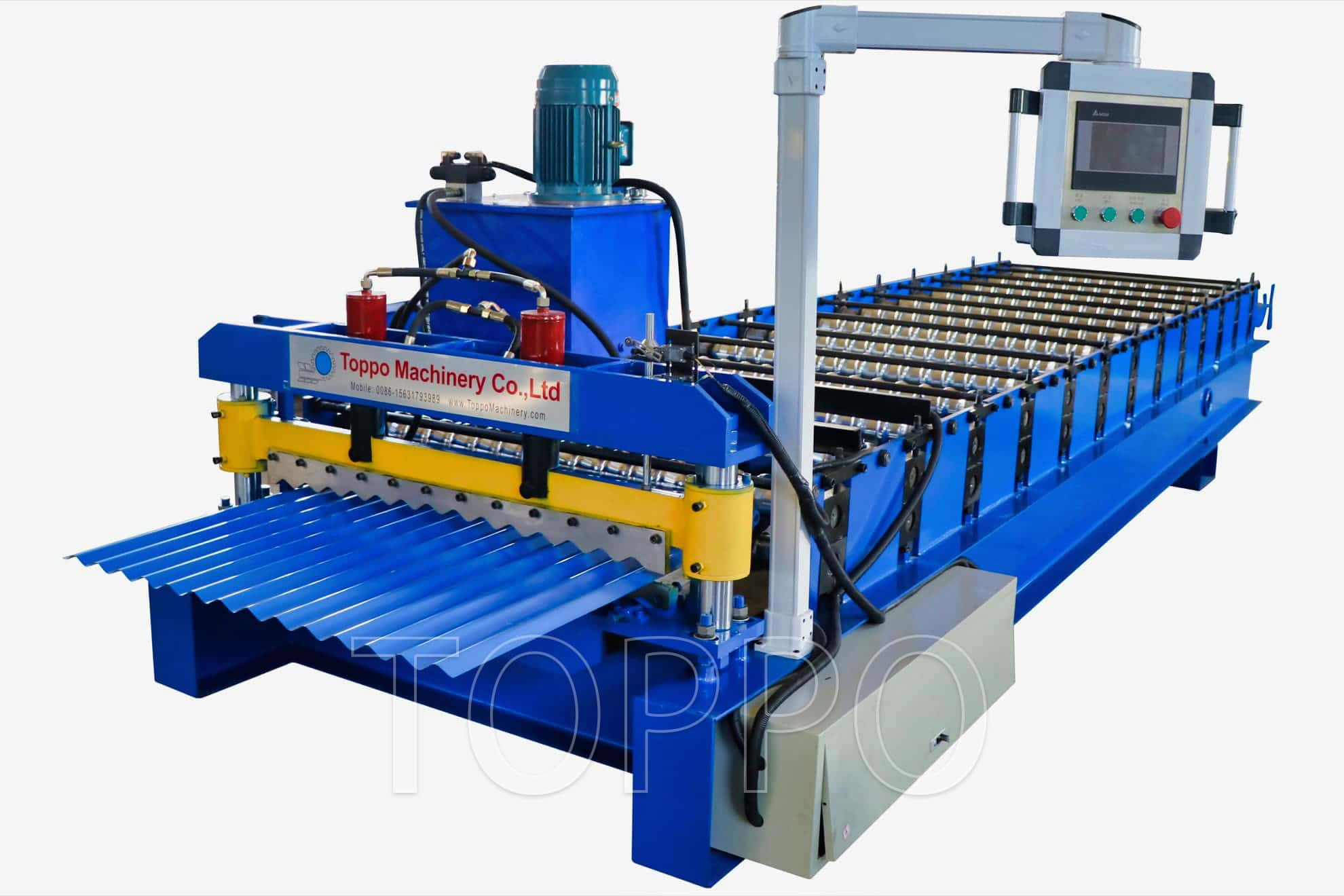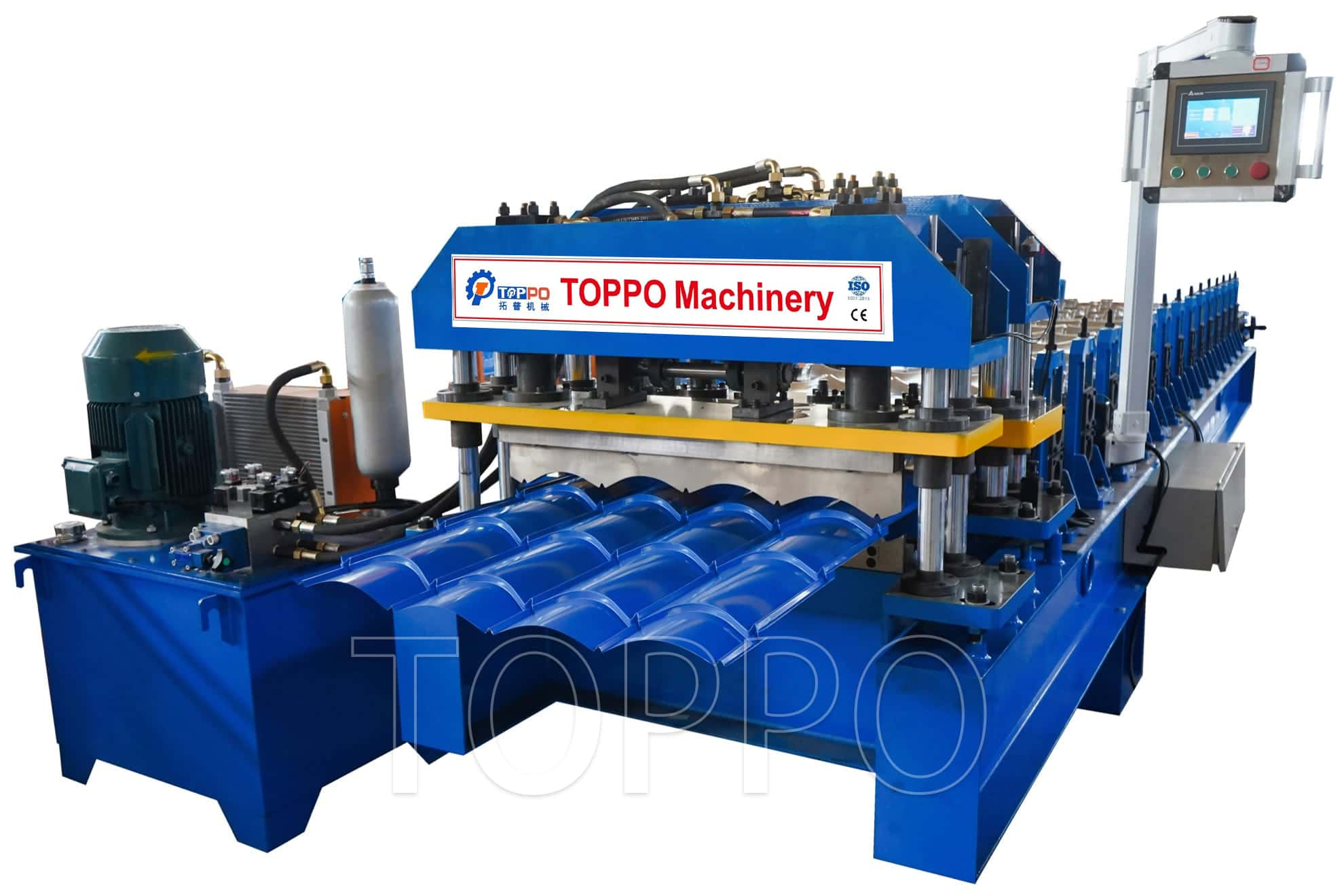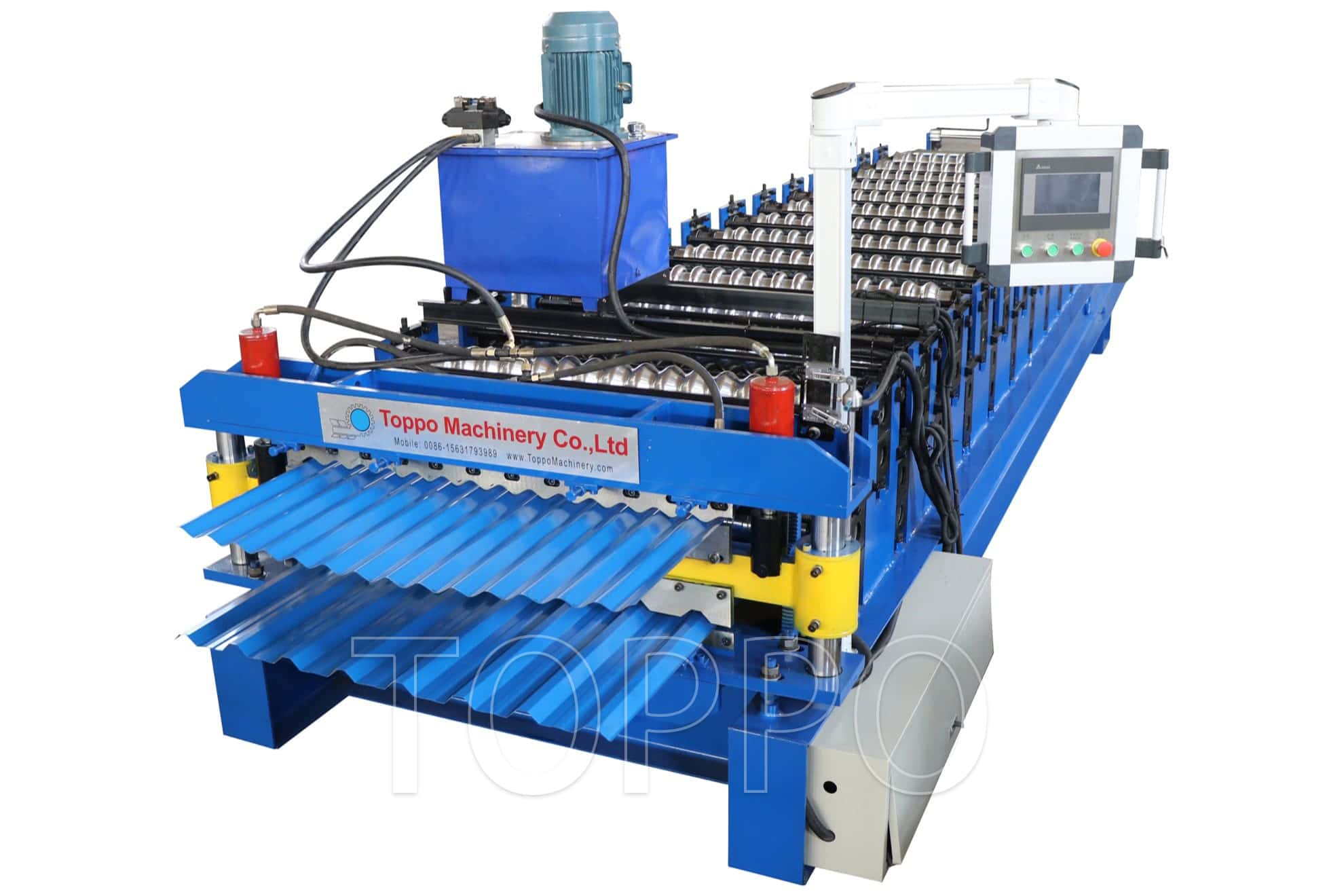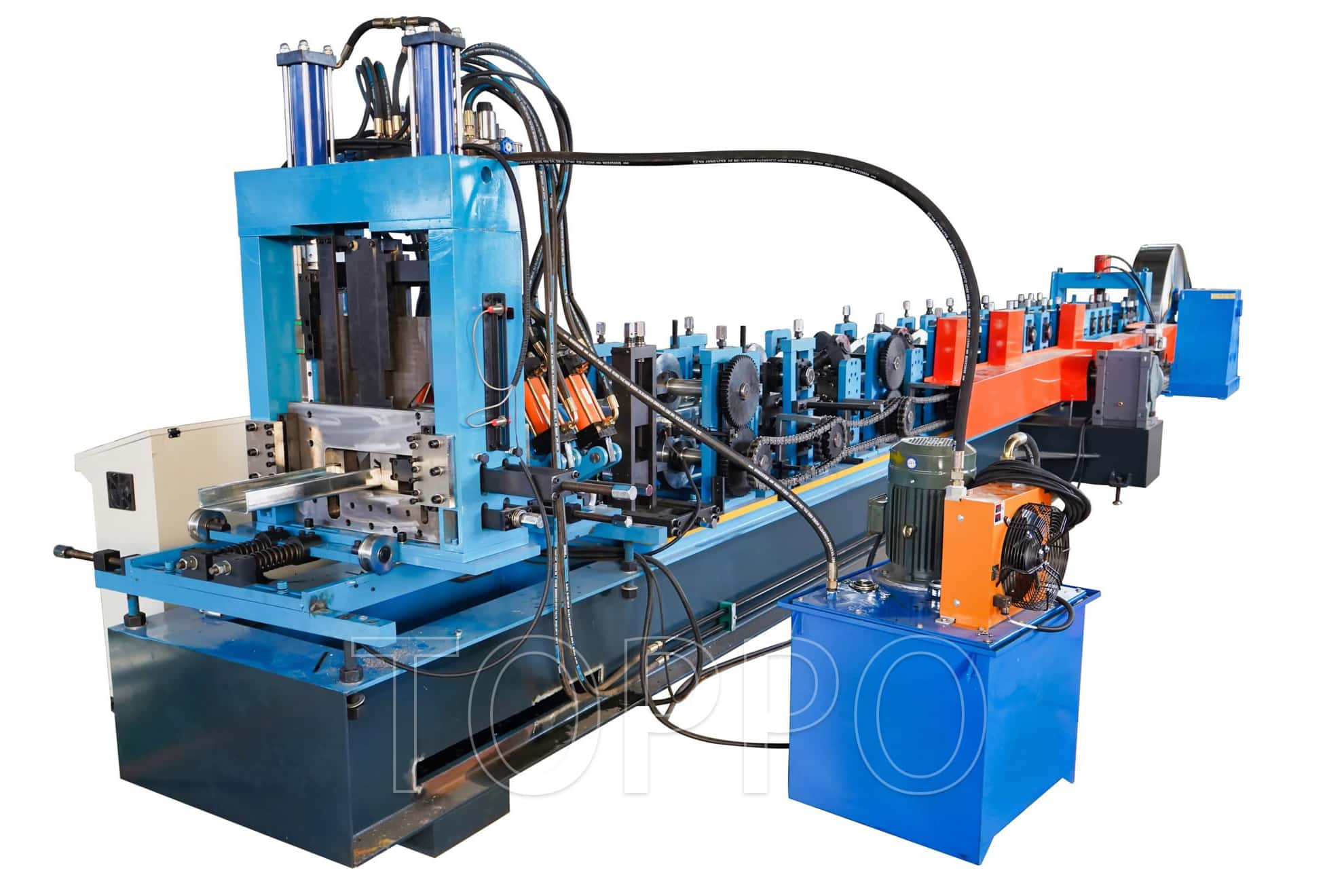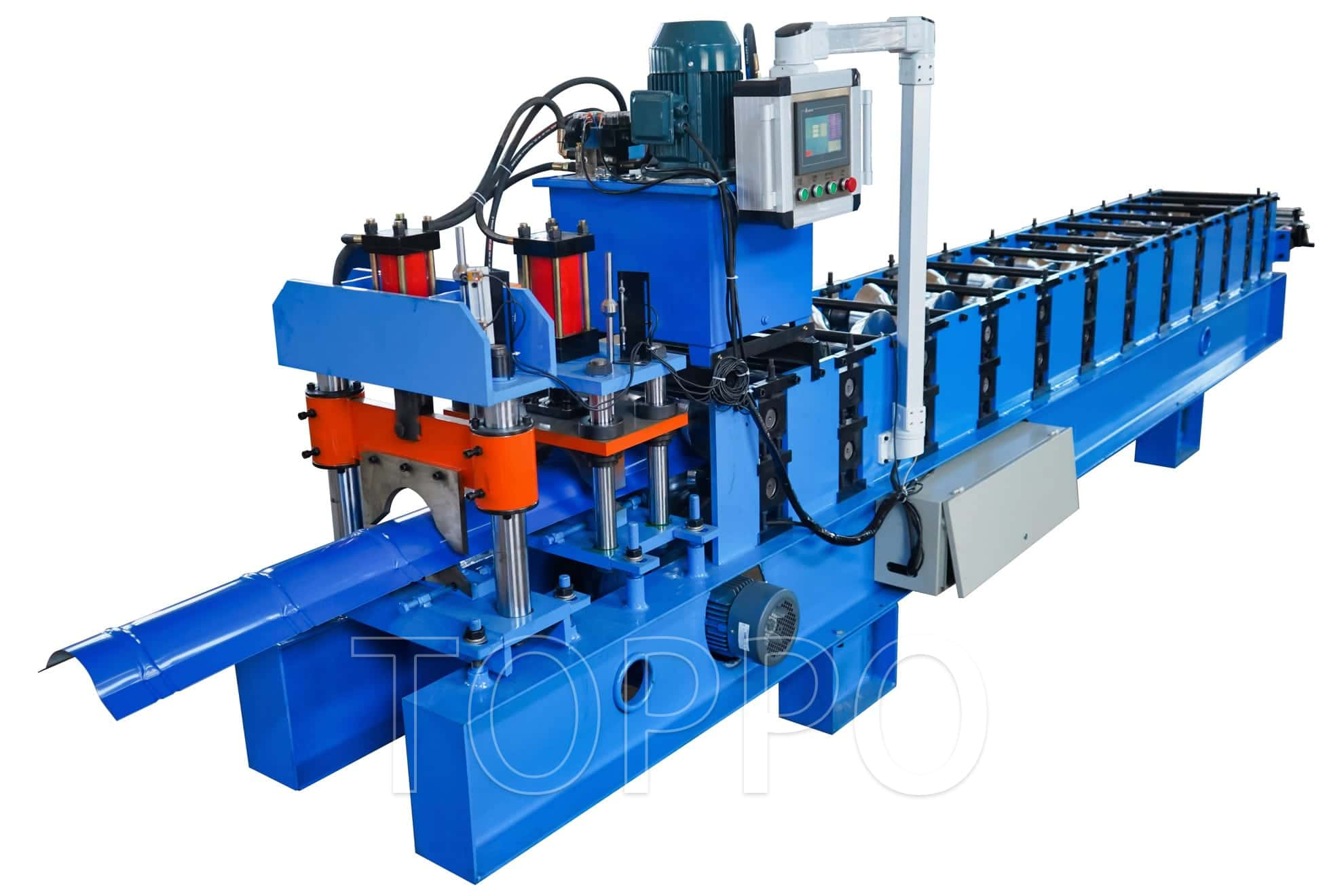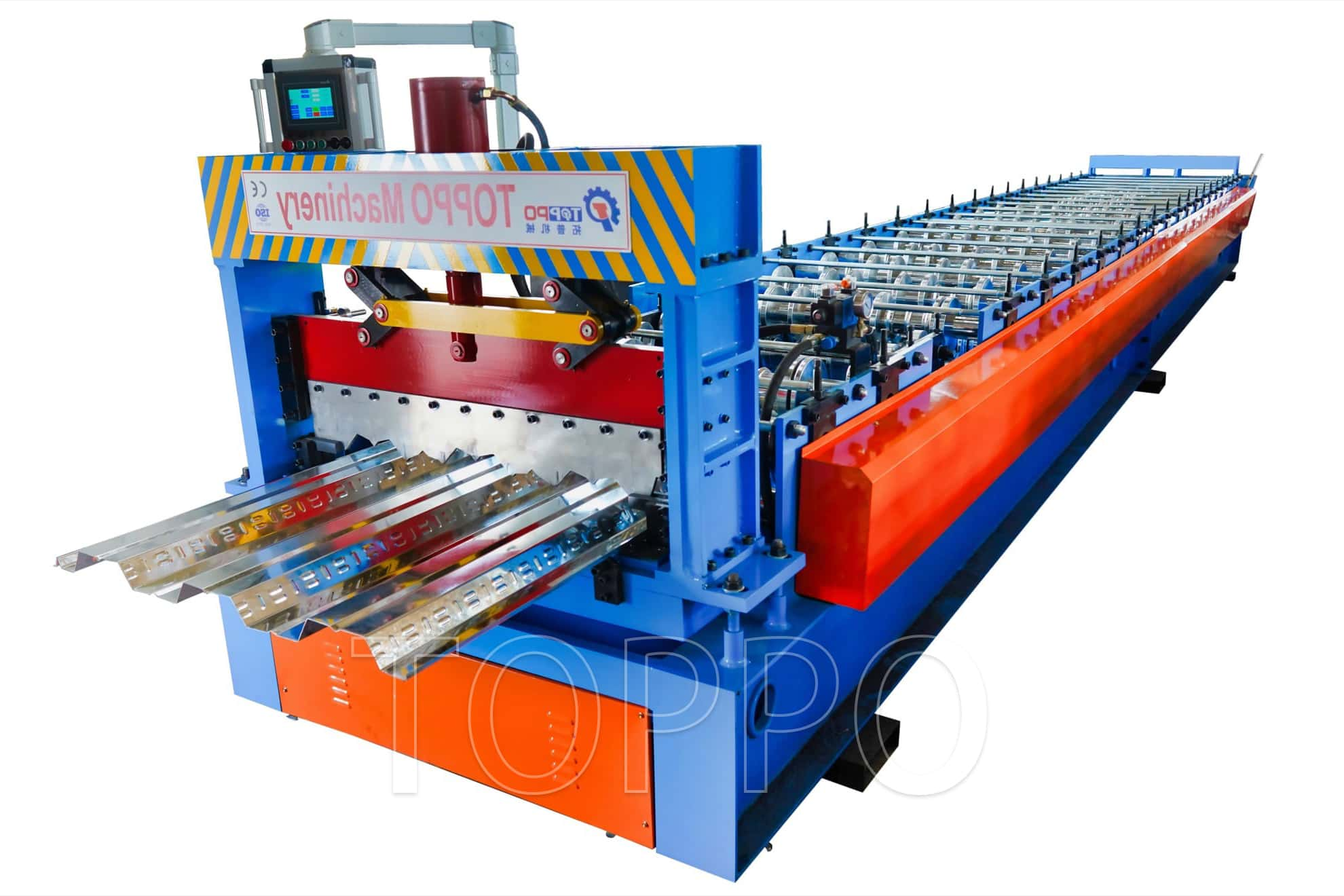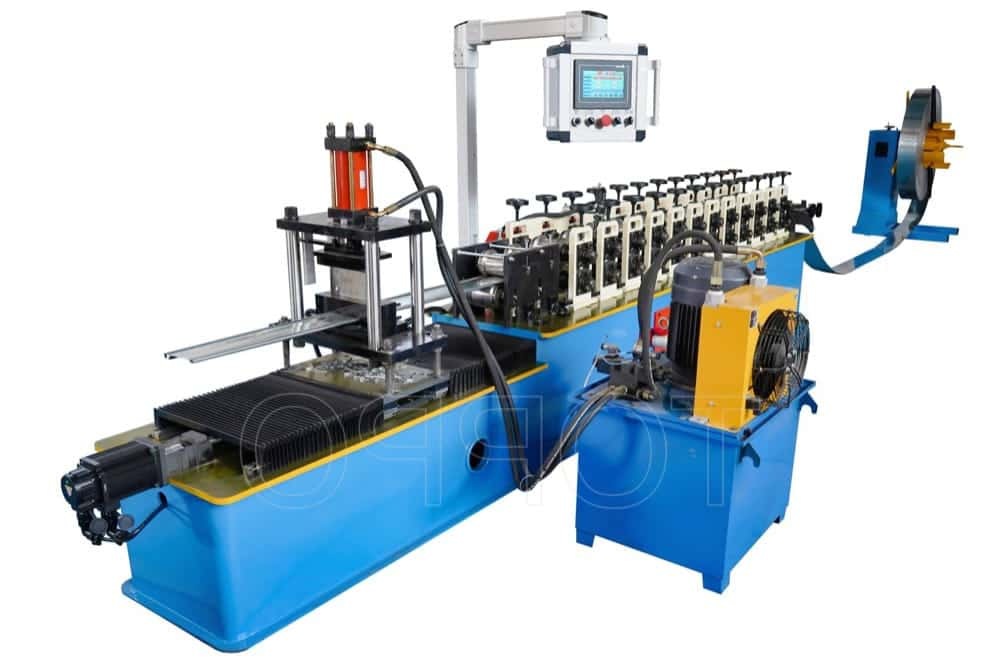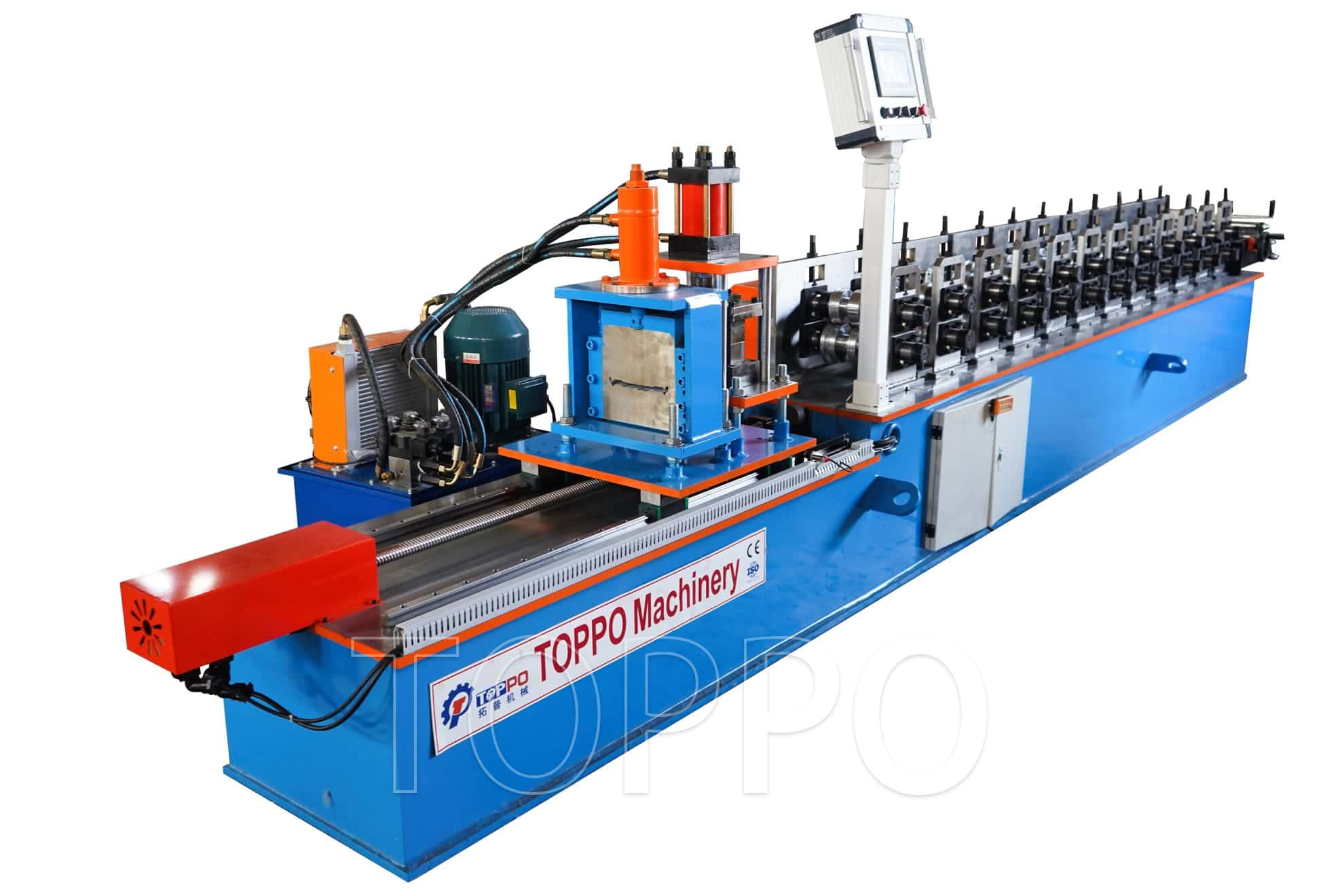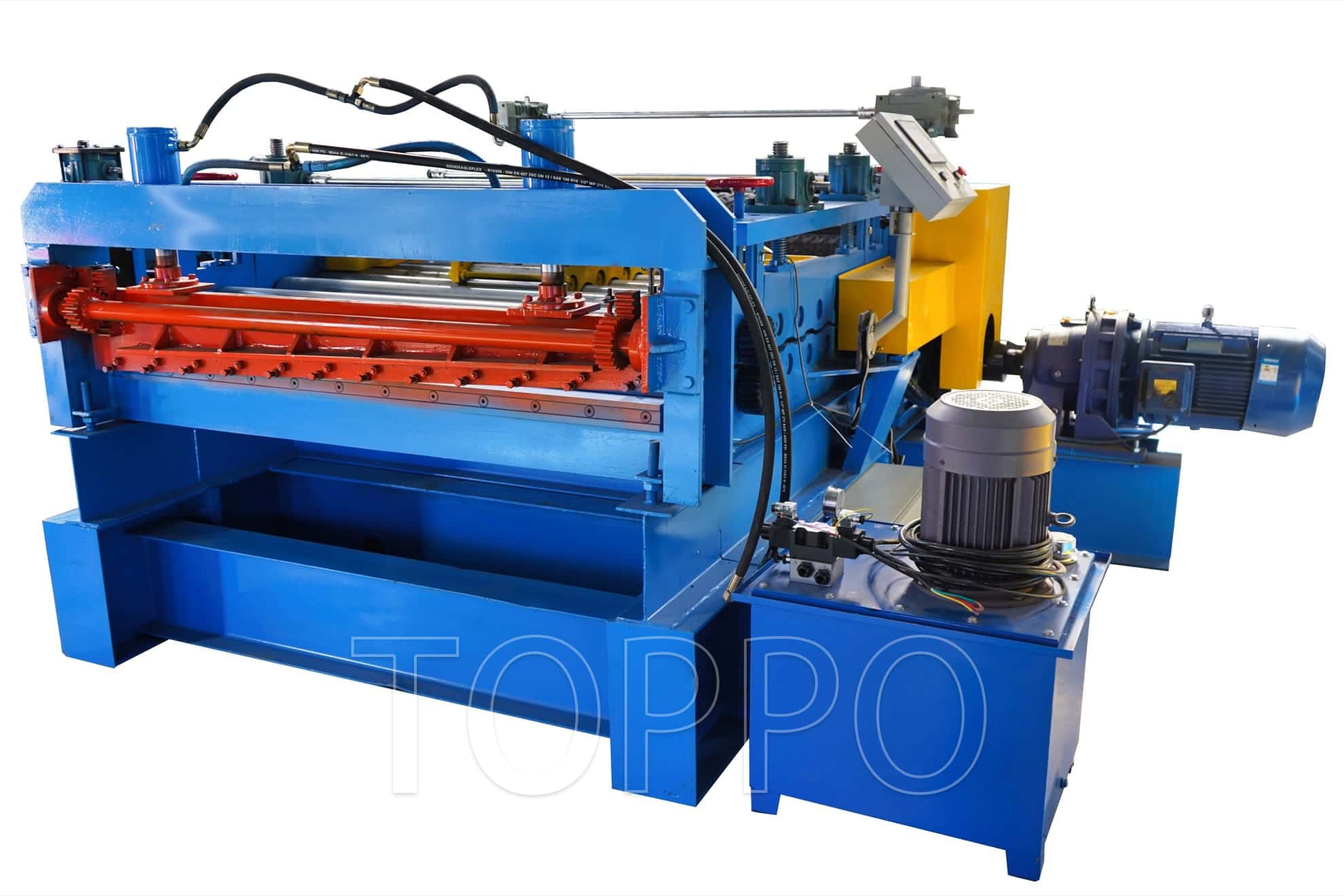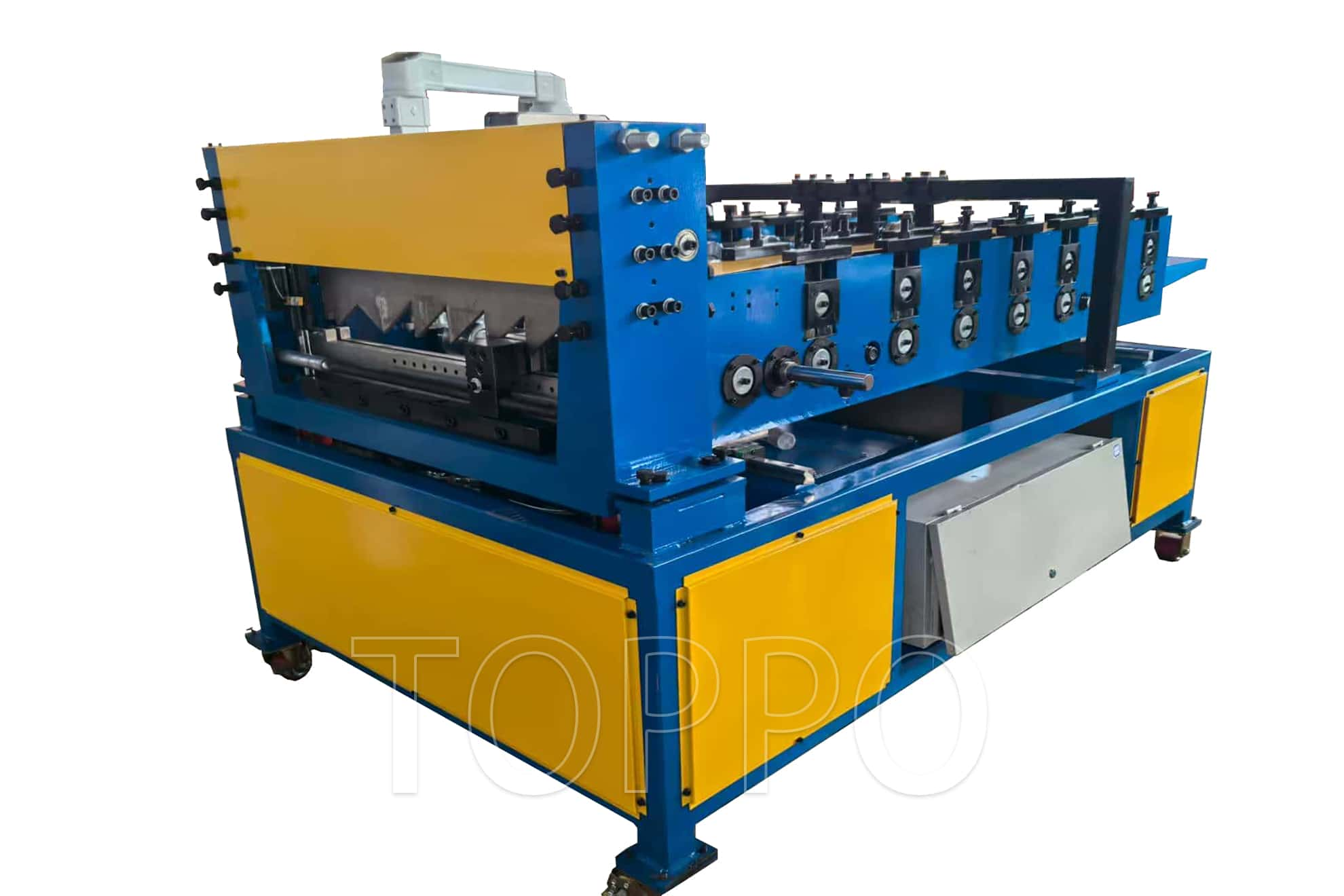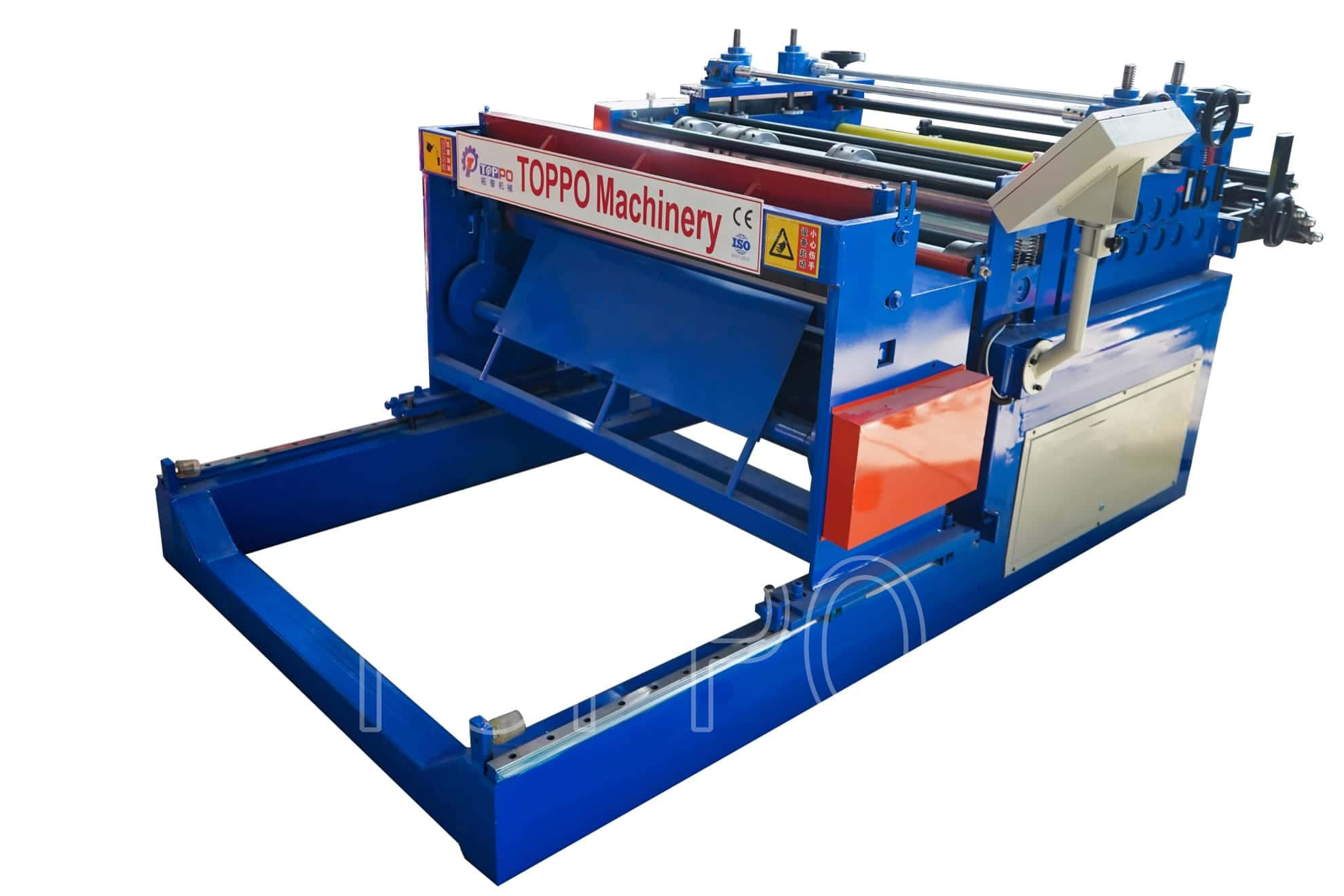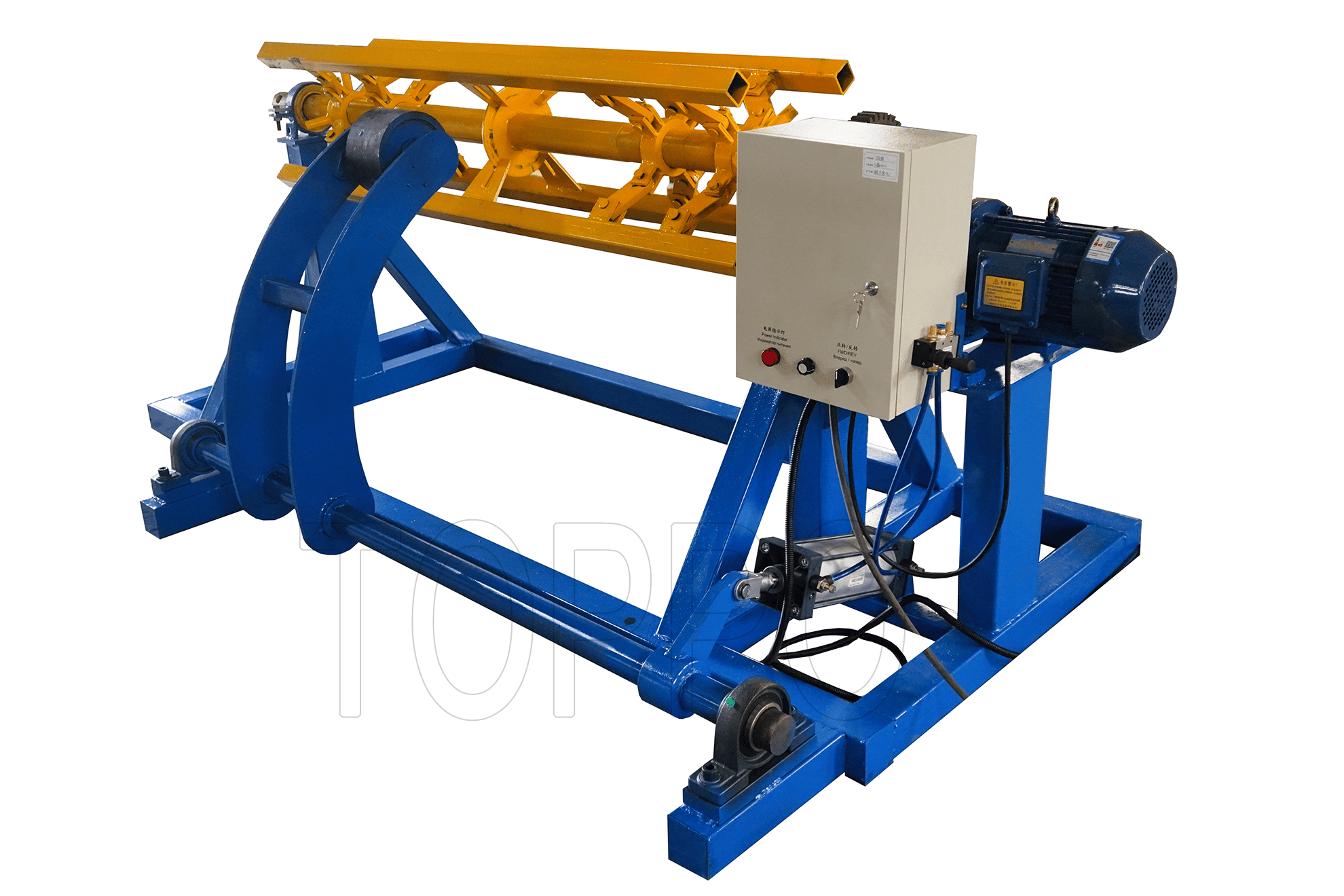- Trapezoidal Machine
- Corrugated Machine
- Glazed Tile Machine
- Double Layer Machine
- CZU Purlin Machine
- Ridge Cap Machine
- Floor Decking Machine
- Rolling Door Machine
- Fence Machine
- Embossing Machine
- Standing Seam Machine
- Cut To Length And Slitting Line
- Guard Rail Machine
- Decoiler And Stacker
- Stud And Track Machine
- Gutter And DownPipe
- Curving Machine
- Cladding Panel Machine
- Corollary Equipment
Choosing the Right Roofing Sheet Materials for Challenging Coastal and Tropical Climates
In tropical and coastal regions, roofing sheets are exposed to moisture, salt, heat, and UV—all of which accelerate wear and corrosion. This article breaks down the top-performing materials, key setup steps on the Tr4 color steel metal roof trapezoidal roll forming machine, and the mistakes to avoid for long-lasting, leak-free roofs.
1. Top Materials for Demanding Environments
Galvalume (Al-Zn alloy): Superior to standard galvanized steel, it offers excellent corrosion resistance, especially near the coast.
PVDF-Coated Steel: Highly UV-resistant, with premium color and surface protection. Can be profiled on any roof panel making machine.
Aluminum Sheets: Lightweight, rustproof, and ideal for hot, humid climates.
Stainless Steel: Used in severe salt-exposed sites, though cost may limit use to high-value projects.
2. Machine Setup Essentials
Material-Specific Calibration: Set trapezoidal roll forming machine rollers to suit the hardness and finish of the chosen alloy.
Coating Protection: Fine-tune roller pressure on the roof panel making machine to prevent marring or color loss on coated products.
Initial Test Runs: Always run a trial batch and inspect for fit, finish, and profile uniformity. Adjust the trapezoidal roll forming machine as needed.
3. Errors That Hurt Roof Lifespan
Wrong Alloy Selection: Standard galvanized steel may fail quickly in high-salt areas—always specify enhanced alloys for coastal jobs.
Roller Setup Errors: Incorrect roller pressure can scratch or deform softer metals and coatings.
Inadequate Edge Sealing: Unsealed edges formed by a roof panel making machine are the first place corrosion starts, especially in humid climates.
4. Installer Case Study
A Caribbean installer improved warranty claims by switching from basic galvanized panels to PVDF-coated steel and calibrating their Tr4 color steel metal roof trapezoidal roll forming machine for minimal roller pressure. The result: better color retention and zero rust after two rainy seasons.
5. Checklist for Lasting Roofing Results
Choose the material best suited for climate, cost, and performance goals.
Calibrate rollers and pressure for each batch of metal.
Inspect for coating or edge damage after every setup or changeover.
Document material type, supplier, and calibration settings for future jobs.
Smart material selection, careful machine setup, and regular quality checks ensure roofing sheets endure the challenges of tropical and coastal climates—delivering true long-term value.
SEO Keywords: Tr4 color steel metal roof trapezoidal roll forming machine, roof panel making machine, trapezoidal roll forming machine, roofing sheet materials, coastal roofing, tropical roofing, galvalume, PVDF steel, aluminum sheet, stainless steel roofing, UV protection, salt resistance, edge sealing, roll forming calibration, installer case, roller pressure, coating protection, test batch, humid climate, material performance, leak prevention, roof warranty, corrosion resistance, roof fit, metal selection, calibration record, setup checklist, climate adaptation, alloy comparison, supplier management, color retention, cost performance, high humidity, metal roof, panel uniformity, installation success, field experience, quality assurance, maintenance, profile finish, roofing technology, warranty claims, best practice, zero rust, rainy season, product durability
READ MORE:
Roofing Sheet Materials That Last in Tropical and Coastal Climates: A Practical Guide
Field-Tested Roofing Materials and Setup for Tropical & Coastal Areas
Material Choices for High-Performance Roofing in Tropical and Coastal Regions
What Materials Are Best for Roofing Sheets in Tropical and Coastal Areas?



